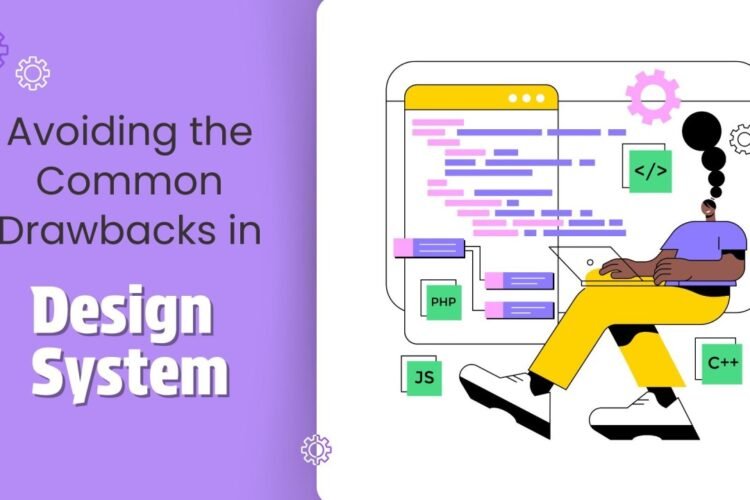
Which Tool Fits Your Team’s Needs?
So many tools. So many opinions. You’re building (or scaling) QA automation and wondering: “Which tool fits my team, tech stack, and sanity level?”
Selenium, Cypress, Playwright, TestCafe, Robot Framework… the list keeps growing. Each tool promises speed, stability, or simplicity. But which one helps you ship better software without the chaos?
This guide breaks it down. No buzzwords. No filler. Just what you need to know—how each tool fits, where it shines, and what beginners should start with.
Selenium: Classic, Flexible, Enterprise-Ready
Best for: Cross-browser support, large-scale systems, full control
- Why teams use it: Mature, reliable, supports most programming languages
- Languages: Java, Python, C#, Ruby
- Frameworks: TestNG, JUnit, PyTest, NUnit
- Strength: Highly customizable and widely supported
Good for: Enterprises with complex platforms or legacy systems
Beginner tip: Start with Selenium + Python for a lighter setup and cleaner syntax. Java offers more power but comes with setup complexity.
Example: Testing an e-commerce platform across Chrome, Firefox, and Edge with CI integration.
Cypress: Fast, Frontend-Focused, Dev-Friendly
Best for: Single-page apps and modern frontend frameworks
- Why teams love it: Runs inside the browser, fast execution, real-time reloads
- Language: JavaScript
- Built-in tooling: Mocha + Chai
- Strength: Simplifies writing and debugging frontend tests
Good for: Agile teams who need quick feedback and tight dev-QA collaboration
Beginner tip: Ideal if you’re already working in JS. Fast setup and great feedback loop make it easy to adopt.
Example: Validating filter and cart behavior in a React-based shopping site.
Playwright: Modern, Reliable, Cross-Browser
Best for: Full-stack teams, CI-heavy workflows, mobile and desktop testing
- Why it stands out: Auto-waiting, native support for Chromium, Firefox, WebKit
- Languages: JavaScript, Python, Java, C#
- Frameworks: PyTest, Mocha, Jest, JUnit
- Strength: Stability, speed, wide coverage
Good for: Apps that need consistent behavior across platforms and environments
Beginner tip: Playwright + Python is beginner-friendly with solid documentation and out-of-the-box multi-browser support.
Example: Running daily regression tests for a SaaS app across desktop and mobile.
TestCafe: Lightweight and Hassle-Free
Best for: UI test automation with low setup overhead
- Why it’s liked: No WebDriver setup, built-in runner and selector engine
- Language: JavaScript
- Setup: Quick install, ready to test
- Strength: Cleaner setup, faster onboarding
Good for: Startups and small teams needing speed over complexity
Beginner tip: One of the simplest tools to start with—no complex config, just write and run tests.
Example: Verifying multilingual layouts and workflows for a responsive website.
Robot Framework: Keyword-Driven and Collaborative
Best for: Teams involving non-technical stakeholders
- Why it’s different: Natural-language test cases with reusable keywords
- Base: Python (uses libraries like SeleniumLibrary)
- Strength: Great for acceptance tests and RPA
Good for: Manual testers or analysts working alongside QA engineers
Beginner tip: Ideal if your team includes non-coders. Easy to read and extend.
Example: Automating approval workflows in a finance app with SME input.
Quick Comparison
- Frontend app? Choose Cypress or Playwright (JS)
- Need cross-browser & flexibility? Start with Selenium + Python
- Involve business users? Go with Robot Framework
- Want fast setup? Try TestCafe
Conclusion: It’s Not About the Tool, It’s About the Fit
Every QA automation tool has its strengths. Selenium is powerful and proven. Cypress feels like a dev’s best friend. Playwright is reliable and modern. TestCafe gets you testing fast. Robot Framework makes automation accessible beyond coders.
Choose the tool that fits your product and team—not the trend. Start simple, focus on clean tests, and let quality guide the process. The best tool is the one your team can grow with.


